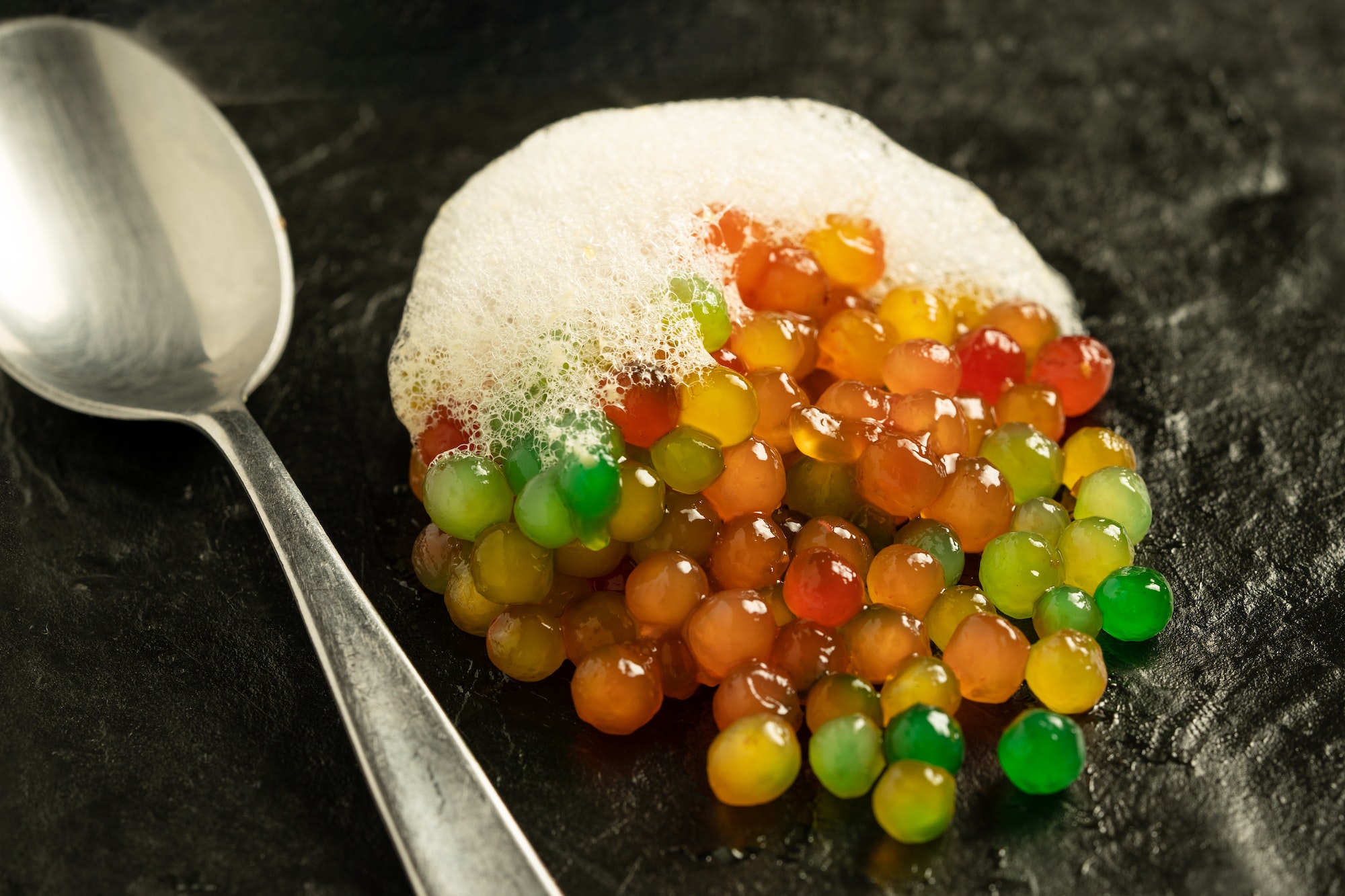Molecular gastronomy, the innovative culinary movement that combines science and cooking techniques, has significantly influenced fusion cuisine in recent years. By exploring the physical and chemical transformations of ingredients, molecular gastronomy has pushed the boundaries of traditional cooking and paved the way for new culinary creations. This avant-garde approach to food has had a profound impact on fusion cuisine, as chefs experiment with combining different flavors, textures, and ingredients from various culinary traditions.
Emerging trends in fusion cuisine have been heavily shaped by molecular gastronomy. The use of scientific techniques such as sous-vide cooking, spherification, and foam creation has enabled chefs to manipulate ingredients in ways never before possible. This has led to exciting new flavor combinations and presentations that blur the lines between traditional culinary styles.
One example of this is the rise of Asian-Latin fusion cuisine. Chefs are experimenting with ingredients from both cultures and employing molecular gastronomy techniques to create unique dishes that blend flavors from East and West. For instance, a dish might feature a delicate miso-glazed black cod served with a tangy mango salsa or an Asian-inspired ceviche made with fresh fish marinated in yuzu and lemongrass.
Molecular gastronomy has also expanded the possibilities for creating visually stunning dishes that are as pleasing to the eye as they are to the palate. Techniques like spherification, which involves turning liquids into small spheres resembling caviar or pearls, have become popular in fusion cuisine. Chefs can now create pearls of balsamic vinegar that burst in the mouth or use spherification to create new takes on traditional dishes like Spanish gazpacho.
In addition to its influence on ingredient combinations and presentation, molecular gastronomy has also impacted the way chefs think about texture in fusion cuisine. Through processes like gelification and foam creation, chefs are now able to play with textures in their dishes like never before. A dessert might feature a smooth chocolate ganache paired with a crunchy passion fruit foam, or a savory dish could include a silky cauliflower purée contrasted with crispy parmesan tuiles.
The future of gourmet fusion cuisine is likely to see even more innovation and experimentation as molecular gastronomy techniques continue to evolve. As chefs become more adept at using these scientific methods, they will be able to create increasingly complex flavor combinations and textures that challenge the traditional boundaries of culinary styles.
One potential development in fusion cuisine is the increased use of technology in the kitchen. As chefs become more familiar with molecular gastronomy techniques, they may begin to employ cutting-edge equipment like 3D food printers or even virtual reality to create dishes that are not only delicious but also visually stunning and interactive.
Another trend to watch for in fusion cuisine is the continued exploration of new and exotic ingredients. Chefs are constantly searching for unique flavors and textures to incorporate into their dishes, and molecular gastronomy has opened up a world of possibilities. Ingredients like edible flowers, insects, and unusual fruits and vegetables may become more commonplace in fusion cuisine as chefs look for ways to surprise and delight their diners.
Finally, the future of gourmet fusion cuisine may see a greater emphasis on sustainability and locally sourced ingredients. As molecular gastronomy becomes more mainstream, chefs may look for ways to reduce their environmental impact while still creating innovative dishes. This could involve sourcing ingredients from local farms, utilizing underutilized cuts of meat or seafood, or even growing their own produce.
In conclusion, molecular gastronomy has significantly impacted fusion cuisine by enabling chefs to experiment with new flavor combinations, textures, and presentations. As this culinary movement continues to evolve, we can expect even more exciting developments in the world of gourmet fusion cuisine.

